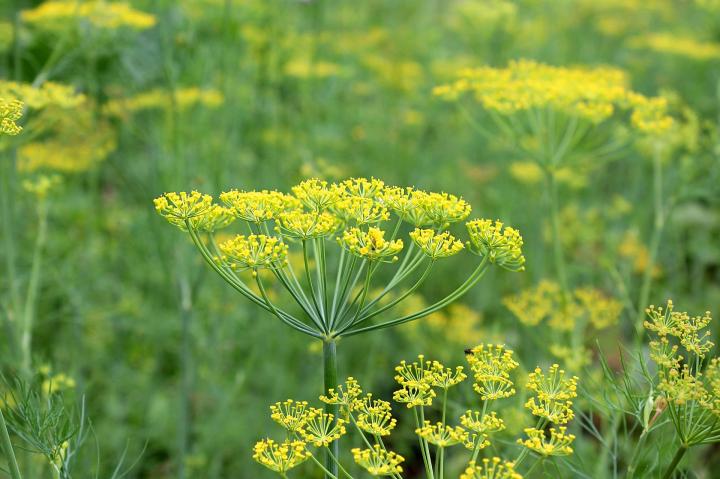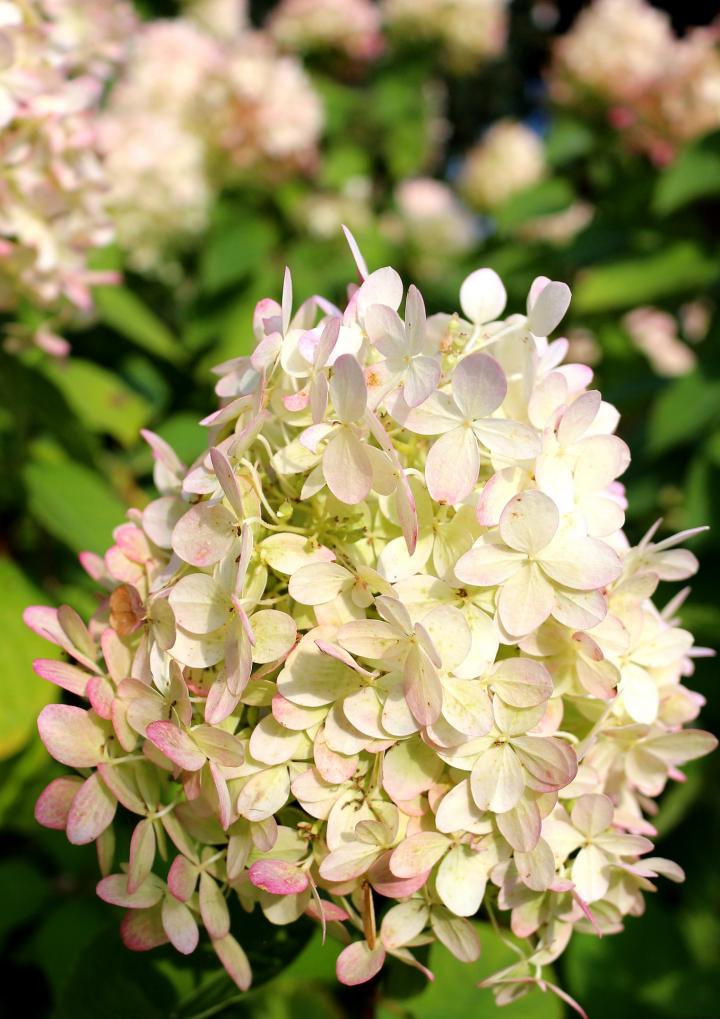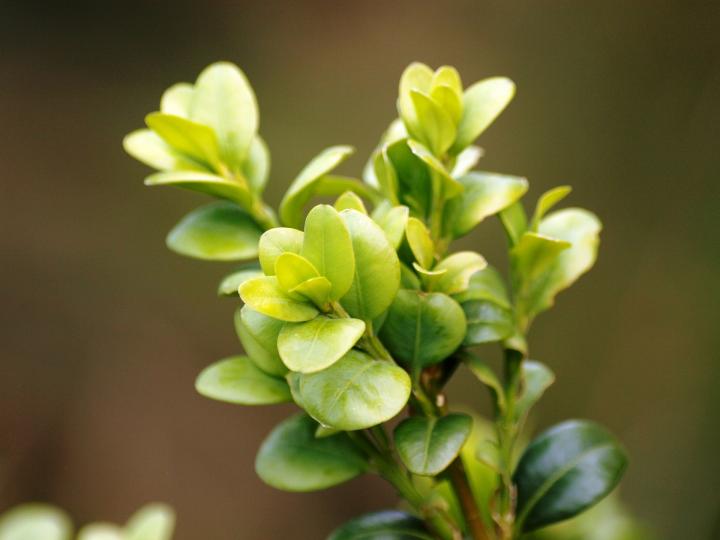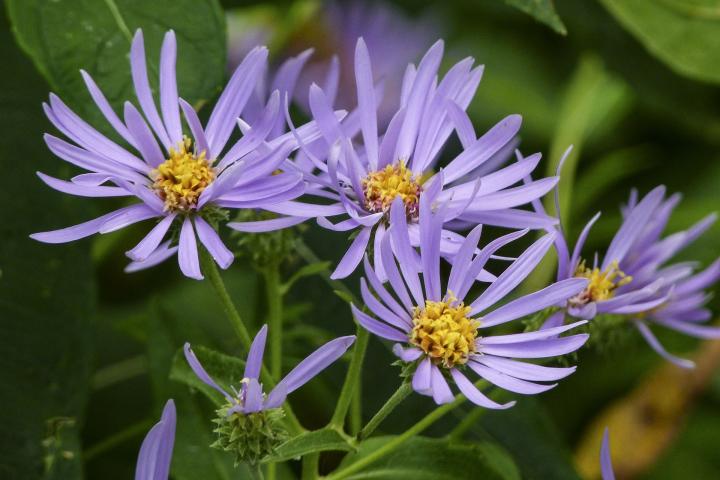What's in a name? Gardeners have a language all their own and I don't mean the language of flowers. Plants have botanical Latin names which uncover a wealth of information. Apply the lore of Latin to your own garden!
I had 5 years of Latin and find it fascinating but not too sure if anybody else will. I do have a lot of friends who only use Latin names when referring to their plants.
It may seem like unnecessary showing off but it can come in handy when buying plants or seeds. Using common names can cause problems when plant shopping since they can vary from place to place. What might be called a bluebell in Maine is not the same plant that is called a bluebell in Texas or California or England. By having a universal language, botanists and gardeners all over the world can talk about plants without confusion.
Latin became the standard language for plant naming in the eighteenth century. In 1753 Swedish naturalist Carl Linneaus introduced a system for classifying plants using a two word name or "binomial" that consists of a genus name and a descriptive species name. Sometimes further description is needed and a subspecies name or variety name is added. He mostly used Latin to create these names but other languages, such as Greek, are sometimes used as well.
If you are as intrigued by words as I am, you will find that most of these names make sense. Many of them contain the roots, pardon the pun, of words we use everyday.

Dill is a good example of an umbellifer.
A Little Latin Provides Clues
It is easy to figure out that a plant with umbellatus or umbellifer in its name is going to be shaped like an umbrella while columnaris will be shaped like a column.
I think I would choose a plant with elegantissima in its name over one called horribilis or monstrosus.
Latin names can provide useful clues about what an unknown plant, its flowers or leaves will look like since many species names are based on the plant's structural features.

- Paniculata means the flowers form in loose clusters or panicles like the Hydrangea paniculata above.
- Globularis will have bell-shaped blossoms.
- Plumosa means feathery.
- Stellatus is star-shaped.
When talking about leaf shapes often the suffix folius or phyllus is added.

Round-leaf Boxwood (Buxus sempervirens 'Rotundifolia')
- Rotundifolius has round leaves.
- Grandifolius has big leaves.
- Diphyllus has two leaves.
- Aphyllus has no leaves at all.
Some names give a clue as to the way a plant grows.

- Contortus will be twisted like the corkscrew hazel above Corylus avellana 'Contorta'.
- Repens or reptans will be a low growing creeper.
- Erectus will grow upright.
- Compactus will be dense.
- Gracilis is graceful.
- Flexuosus is wavy.
- Furcatus is forked.
If size is an issue pay attention to these names:
- Elatus, exaltus, and excelsior all indicate a tall plant.
- Nanus is dwarf, parvus is small, and pusillus is tiny.
Color can be included in the species name but it often refers to a part of the plant other than the flower so beware. It could be describing the roots, seeds, stem, or leaves. There are many Latin words for colors that are extremely descriptive.
- Igneus is flame red.
- Sanguineus is the color of blood.
- Vinosus is wine-colored.
- Luridus is dirty yellow.
- Aureus is golden.
- Citrinus is lemony.
- Cupreus is copper-colored.
- Castus is pure white.
- Maculatus is spotted.
- Micans glitters like mica.
- Diaphanus is transparent.
- Concolor is uniformly colored.
- Conspersus is speckled.
Often a plant is described by its natural habitat.

- Alpinus comes from the mountains like the Alpine aster above (Aster alpinus) which is native to the Alps.
- Sylvestris indicates a woodland setting.
- Praetensis is an open meadow.
- Aquaticus will grow in water.
- Litoralis or maritimus like to be by the seashore.
- Riparius prefers the banks of a river.
- Aridus needs a dry situation.
- Sabulosus or siliceus will grow in sandy soil.
- Latebrosus needs shade.
- Solaris likes full sun.
- Glacialis and frigidus like it cold
- Saxatilus and rupicola will grow among rocks.
This information might seem trivial but it can help you select the right plant for your site.
You don't have to take a Latin class to learn the botanical names of your favorite plants. Many good reference books and most catalogs give the Latin names and it is often printed on nursery tags.
Next time someone in your garden club starts referring to their plants by their Latin names, instead of thinking of them as snobby know-it-alls, pay close attention to the clues those names are giving you. They can give you a hint about color, fragrance, flowering time, habitat, size, and growth.

